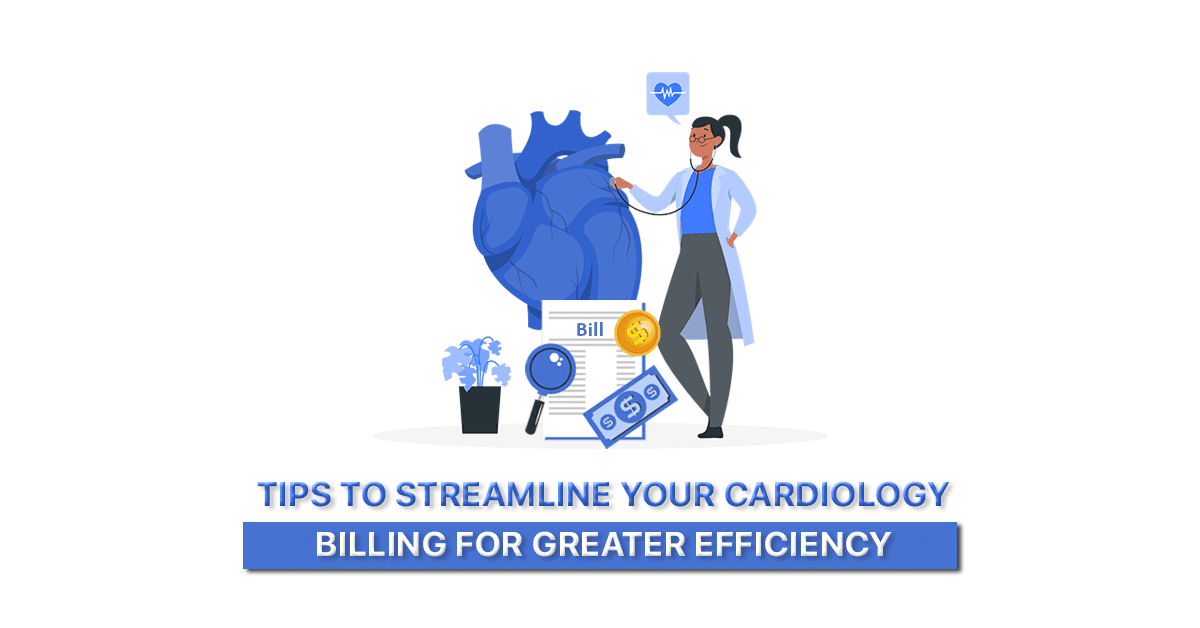In the fast-paced world of cardiology, billing can often be a time-consuming and complex process. However, with the right strategies and tools in place, it is possible to streamline your cardiology billing and achieve greater efficiency.
Top 11 tips for Cardiology Medical Billing
1. Invest in a Robust Billing System
One of the most important steps you can take to streamline your cardiology billing is to invest in a robust billing system. Look for a system that is specifically designed for cardiology practices and has features such as automated charge capture, claim scrubbing, and electronic remittance advice. A good billing system can help you reduce errors, increase accuracy, and improve the speed of your billing process.
2. Stay Up-To-Date on medical Coding Guidelines
The medical coding guidelines for cardiology procedures are constantly changing. In order to ensure that you are accurately coding your claims, it is important to stay up-to-date on the latest guidelines. There are a number of resources available to help you do this, such as the American Medical Association’s CPT book and the Centers for Medicare & Medicaid Services’ (CMS) website.
3. Develop Clear and Concise Documentation
Accurate documentation is essential for proper billing, and using clear and concise documentation can help streamline the billing process. The documentation for your cardiology billing procedures should be clear and concise, and it should support the codes that you are using. This will help to avoid claim denials.
4. Implement a Clear Billing Policy
Having a clear billing policy can help prevent confusion and errors in the billing process. Make sure to communicate your billing policy to patients and staff, including payment expectations, insurance coverage, and any other relevant information.
5. Regularly Review Claims and Denials
Regularly reviewing claims and denials can help identify issues in the billing process and prevent future errors. Analyze denial trends to identify common issues and implement solutions to prevent future denials.
6. Consider Outsourcing Billing Services
Outsourcing billing services can help reduce the workload for your staff and improve efficiency in the billing process. Consider partnering with a reputable billing company that specializes in cardiology billing to ensure that your claims are processed correctly and in a timely manner.
By following these tips, you can streamline your cardiology billing and improve efficiency. This will help you to save time and money, and it will also help to ensure that you are paid for the services that you provide.
7. Automate as much of the billing process as possible.
There are a number of tasks involved in cardiology billing that can be automated, such as coding, claim submission, and payment tracking. Automating these tasks can free up your time so that you can focus on other aspects of your practice.
8. Delegate tasks to qualified staff.
If you have staff members who are qualified to handle certain aspects of the billing process, delegate those tasks to them. This will free up your time and allow you to focus on other priorities.
9. Invest in training and education for your staff.
Make sure that your staff is properly trained in the latest coding and cardiology billing guidelines. This will help to ensure that your claims are accurate and that they are processed quickly.
10. Establish clear billing policies and procedures.
Having clear billing policies and procedures will help to ensure that all claims are processed in a consistent and efficient manner.
11. Monitor your billing performance on a regular basis.
Track your billing metrics, such as the number of claims submitted, the number of claims denied, and the average days to payment. This will help you to identify areas where you can improve your billing process.

